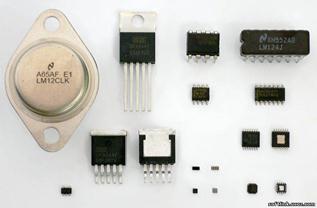Organizational part - 5 minutes. Rollcall of the students and elucidation the reasons of the absence of students, checking of the
Rollcall of the students and elucidation the reasons of the absence of students, checking of the conspectus. Number of forming competencies:knowledge, practical skills. Main questions of the theme: 45 minutes · Concept of the volume velocity of the blood flow. · Distribution of the blood flow by regions and organs. · Method of the measurement of volume velocity of the blood flow: occlusion plethysmography. · Doppler effect. Ultrasound determination of the blood flow velocity. · Indicator method (radioisotopes). · Cardiac volumes of blood and methods of their research. · Essence of the rheography method. Break - 10 minutes Learning and teaching methods: - analysis and discussing of main and control questions; - solving of standard and situational problems; - testing. Methods of the control of formed at classes competencies: - solving of standard and situational problems; - opinions exchanging at the studying of educational material; - testing on a computer (a student has to give the answers for test questions that contain minimal knowledge and skills – main definitions, theoretical questions of the theme). Students’ independent work - 25 minutes · Explain the context and find the ways of solving the problems. · Transform the formula and convert the units of physical quantities to the International System of Units. Problems: 1. An inductor with inductivity of 0,1 H is connected to the electrical circuit of alternating current with the frequency of 400 Hz. At what capacitance of the current the resonance will take place in this circuit? 2. Active resistance 4 Ω, inductivity 2 mH and capacitance 8 µF are sequently connected to the network with voltage of 36 V and frequency of 1000 Hz. Determine the current in the network, terminal voltage of active resistance, inductivity, capacitance and also the phase difference between current and voltage. 3. A condenser with the capacitance С=5 µF and inductor with L=0,2 H and R=4 Ω are sequently connected to the network of alternating current with the voltage U=110 V and frequency γ =100 Hz. Determine: 1) effective current in the network; 2) frequency of current at which the resonance of voltages will take place (resonance frequency); 3) resonance current and voltage on inductivity and capacitance at resonance. 4. Find the amplitude value of current in a circuit that contains a condenser with capacitance 1 µF. Voltage in the circuit is 250 V and active resistance is 2,5 kΩ. The condenser and resistor are connected sequently. Frequency of current is 50 Hz. 5. Phase shifting between the current and voltage at the passing of alternating current with frequency 25 Hz through a muscle is 350. What is the condenser capacitance in equivalent scheme of sequently connected resistor and condenser if the active resistance is 5 kΩ?
|




